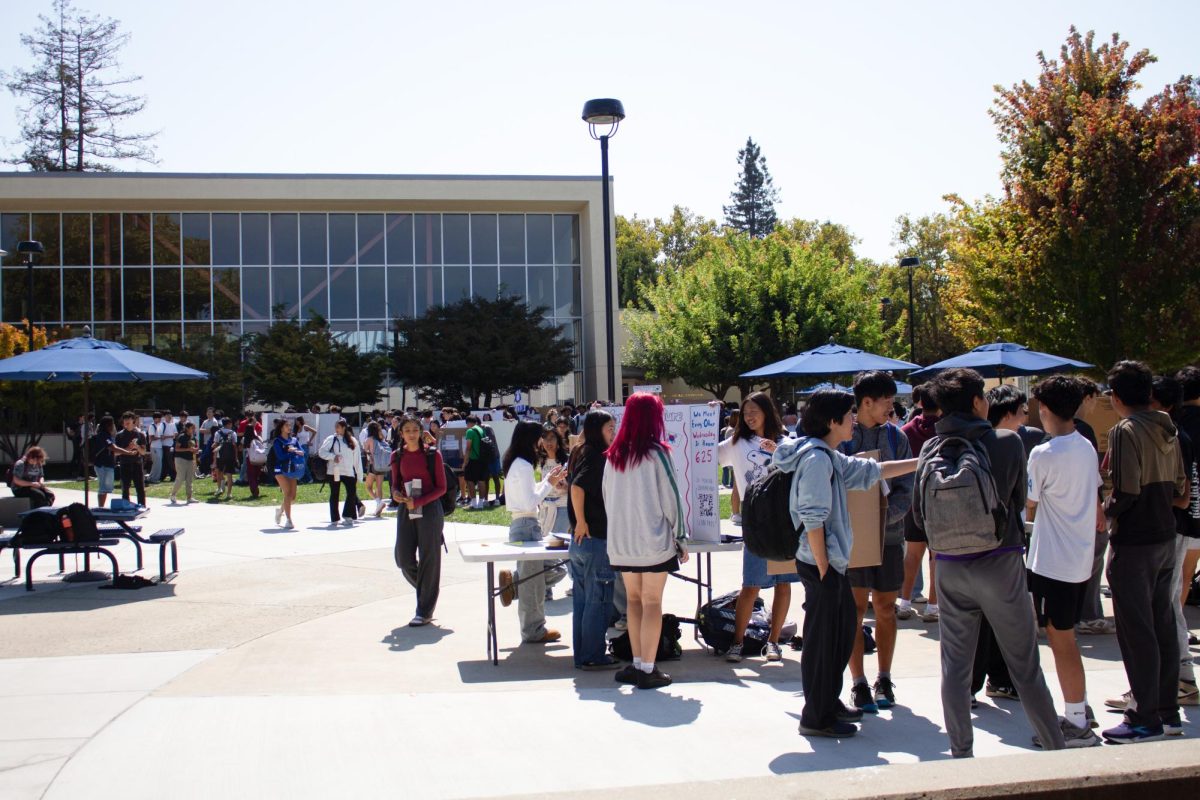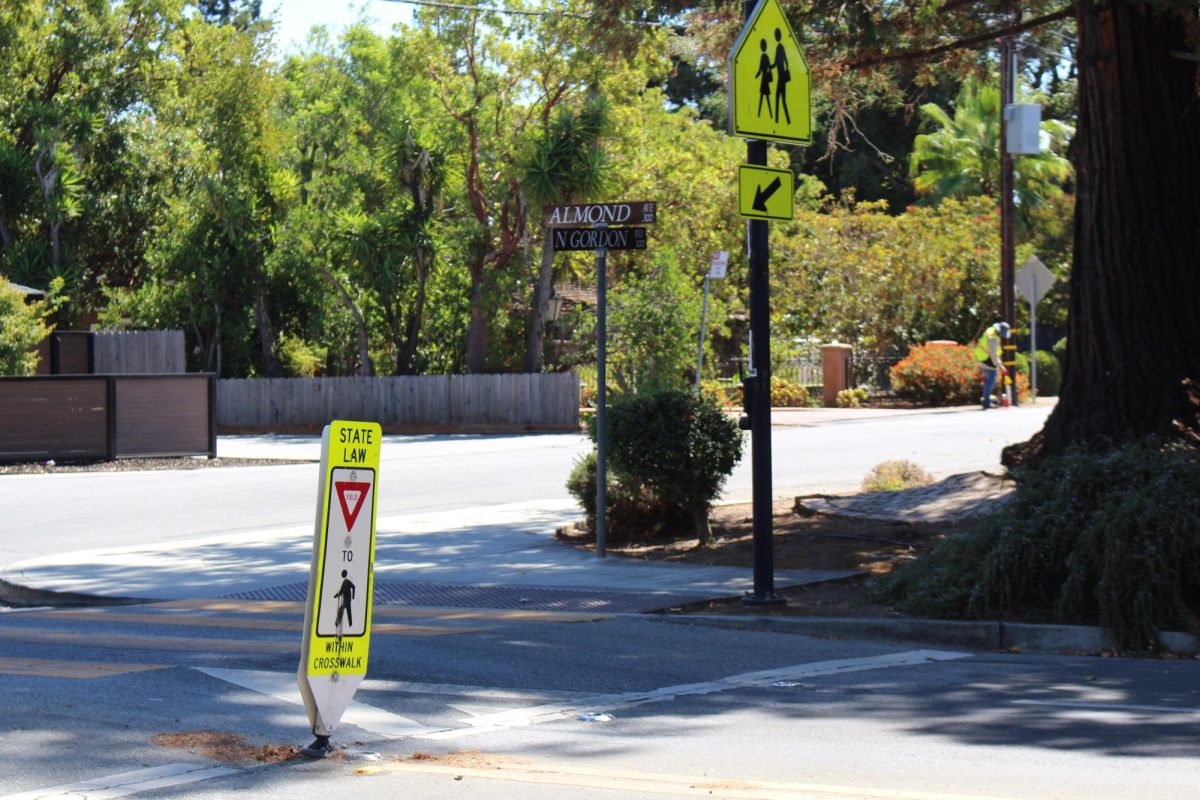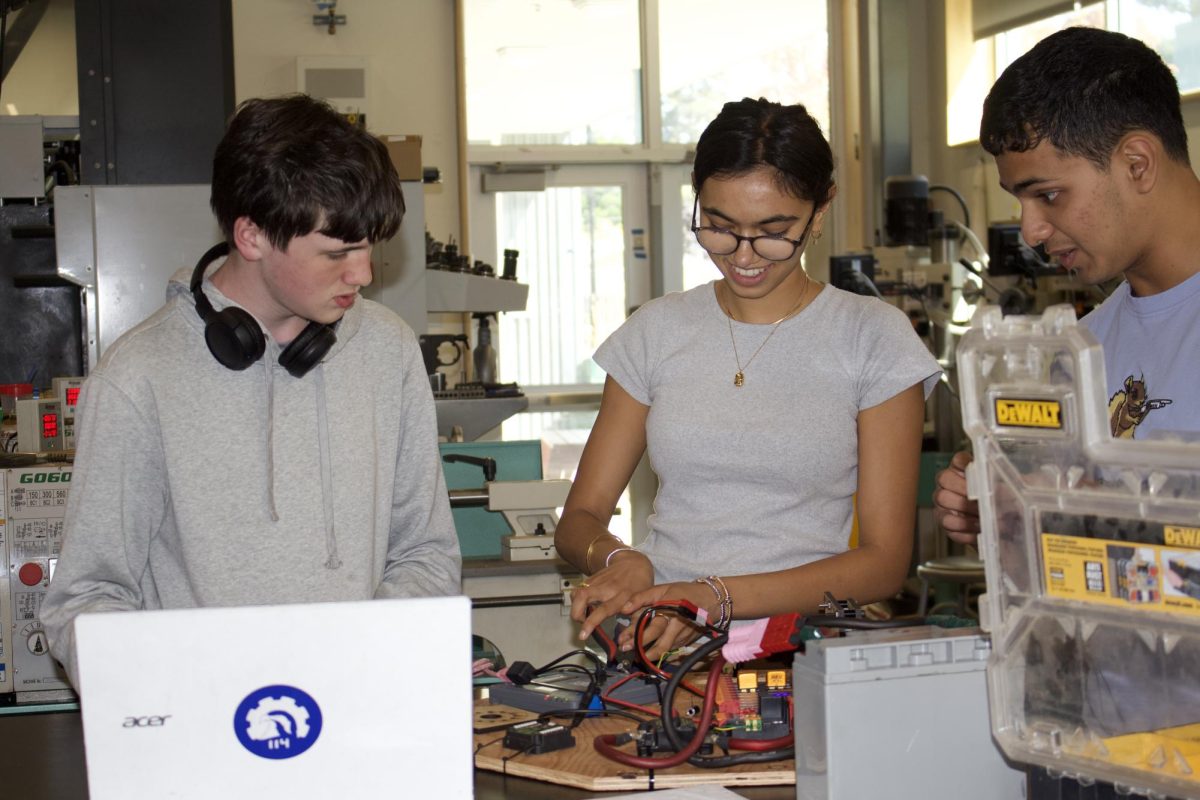The MVLA District finalized budget reductions of a total of about $3.3 million for the current school year last spring.
District Superintendent Dr. Barry Groves met with a Budget Advisory Committee of about 20 parents, students, staff and administrators to decide which programs to cut down.
Although the state budget has not yet been finalized, the board operated based on the governor’s May revision in which he outlined the general idea of what needs to be done.
The Art and Music Block Grant, a sum of extra money received from the state in 2008, has been cut by $30,000 at LAHS. The school administration and leadership team made the decisions about how this plays out on campus.
As far as staffing, some staff members were laid off, but no credentialed faculty members were dismissed. One clerical position was reduced, but the number of teachers at the school remained the same from year to year. Also on the list of reductions are removing half of the eight extra summer counseling days and eliminating the California High School Exit Exam (CAHSEE) English preparation classes. Principal Wynne Satterwhite said that the tutorial center will serve as a substitute for those classes.
According to White, since the district retained class size reduction, certain classes still have around 20 students.
“I doubt that you would notice a difference,” White said. “Even though obviously all those cuts have value to the overall running of the district, you don’t see it in the teacher and the 30 students they’re teaching.”
Satterwhite confirms that substantial changes should not be perceptible in classrooms or anywhere on campus.
“Nobody took a hit,” Satterwhite said.
Groves also said that despite the considerable monetary value of the cutbacks, the changes in day-to-day school life will not be dramatic.
“In many school districts, extracurricular programs are being reduced, [like] sports, activities, newspaper,” Groves said. “I think compared to many school districts our budget cuts aren’t as severe.”
The district saved money on deferred maintenance, one of the items reduced in budget cuts, since it is part of the Measure A projects. The $48.3 million Measure A bond, which voters approved by a 78 percent majority on June 8, provides $7.1 million to install solar panels on shade structures in the student parking lot. This construction will take place five days a week for four months.
“Some of the things that we would do in deferred maintenance are going to be a by-product of putting in solar,” White said. “Instead of us redoing the parking lots, then putting in solar and then having to redo the parking lots again, we’re going to have to do it as part of the overall project, so we saved money in the current year.”
Many of the projects supported by Measure A funds focus on energy efficient upgrades which save money and protect the environment.
“Over the next year or so we’re going to look at a bunch of small projects that look like they can gain the biggest bang for the buck,” White said.
One of these projects is constructing new “zero net buildings,” which are classrooms whose electricity costs are almost completely offset by solar panels.
Additionally, the district is looking into new blind systems to maximize the use of natural instead of artificial light.
Windows in the gym and library, skylights in the administration office and thermal pool covers are further advancements that the district is considering.
“This district has a reputation for being thoughtful, proactive and [for] keeping a very stable financial environment,” White said.









